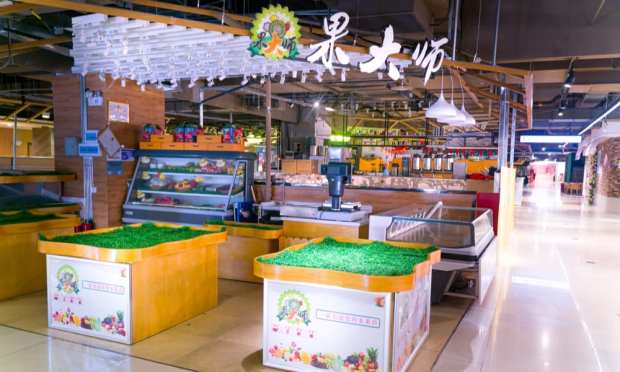China’s GDP Drop Creates Global Ripple Effects For Retail

What will the ripple effects be for retailers (in the U.S. and around the globe) as China’s economy shrinks?
As has been widely reported, it took a global pandemic to hobble a growth streak that had been the hallmark of China’s economy for decades. The world’s second-largest economy shrank 6.8 percent in the first quarter, as measured year over year.
That decline might have been a foregone conclusion, as China shuttered supply chains, manufacturing plants, offices, restaurants and retailers.
There’s a push and pull here, as China’s shutdown fostered economic headwinds across the world. As supply chains went dark, stockouts hit firms in the U.S. and Europe.
One notable difference has been the absence (thus far) of massive spending packages within that nation on par with what we’ve seen elsewhere, including in the U.S., designed to spur consumer spending or keep smaller firms afloat in a rocky economic climate. Social distancing, even as China has opened swaths of its economy, has meant that seats go unused, as people must be spread out across transportation, in restaurants and beyond.
Other economic data from China also show that retail sales were down 15.8 percent in March, as measured year over year. For the quarter, retail sales were off 19 percent for the year – but there have been some isolated bits of resilience here and there.
“Given the continuous spread of the epidemic globally, mounting downward pressure on the world economy and growing uncertainties, we are now facing heightened pressures,” The New York Times quoted Mao Shengyong, spokesman of the National Bureau of Statistics, as stating at a news briefing in Beijing on Friday morning (April 17).
All of it adds up to pressure that will hit Chinese consumer spending. The conventional wisdom may be that individuals and families will pause nonessential expenditures, at least for the time being. That’s borne out by the quarter-long slump in spending.
The National Bureau of Labor Statistics data showed that the March drop of retail sales, at a bit more than 15 percent, representing the USD equivalent of $374 billion, was widespread.
But interestingly, online sales were somewhat steady, as eCommerce slipped only 80 basis points year on year. Online sales of physical items actually expanded, up 5.9 percent year on year for the first quarter.
The picture that emerges, at least from these data points, is mixed for U.S. firms. The fact that online spending remains relatively robust may mean that consumers spending time and money at home could take root – but where they spend their yuan may shift if economic data remains in contraction mode.
For now, at least, there are blips of encouragement. The Wall Street Journal reported on Thursday (April 16) that an appetite for high-end luxury items is rebounding in physical stores. LVMH Moët Hennessy Louis Vuitton has said, per commentary from Jean-Jacques Guiony, LVMH’s chief financial officer, “In April, for the large brands, we’ve seen very high growth rates in mainland China, sometimes in excess of 50 percent. So it really shows the appetite of Chinese people after two months of lockdown to come back to stores and come back to their previous patterns of consumption.”
The key to Chinese consumer spending has traditionally been international travel, which is still frozen. That’s an important factor, given that Chinese shoppers are behind roughly a third of spending on luxury brands. A month’s worth of pent-up demand helps, but is not representative of a trend.
In the meantime, we’ll get updates from the likes of PayPal, which became the first foreign payment service provider to enter the country, about the state of digital payments, while Alibaba will provide insights into eCommerce in general. Visa’s and Mastercard’s results in the next few weeks will give indications about cross-border spending across corridors and countries that may have experienced fallout from the coronavirus and the supply chain challenges wrought by China’s lockdown.
We’re not out of the woods yet, but there have been glimpses of sunlight through the trees.
